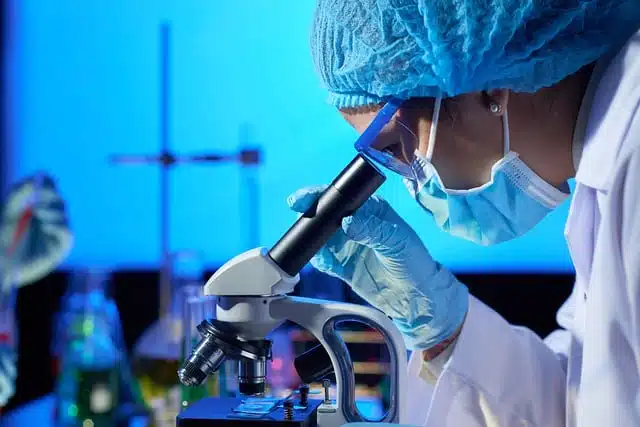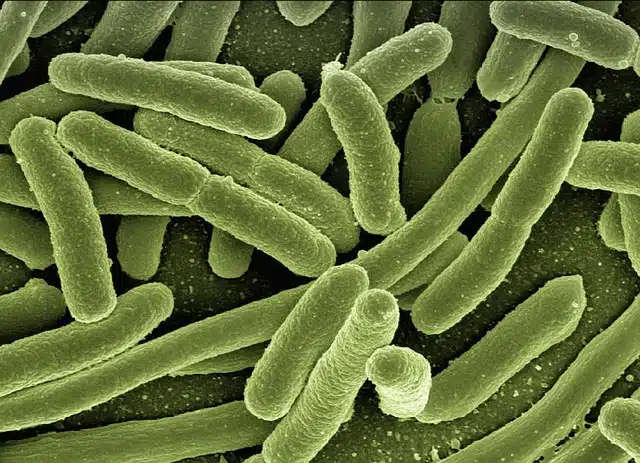
Prokaryotes are usually single-celled microorganisms.
The term prokaryote , also mentioned as prokaryote , is used in biology to describe the organism whose DNA is spread throughout the cytoplasm . This means that, in prokaryotes, DNA is not contained within a nucleus .
Prokaryotes are, in most cases, single-celled microorganisms . There are certain myxobacteria that, throughout their life cycle, go through multicellular periods, although they constitute a small number within the group.
Myxobacteria, for their part, are bacteria that mainly live in the soil and have very extensive genomes compared to other groups of bacteria, around 9 to 10 million nucleotides . Among the myxobacteria, the so-called Polyangium cellulosum stands out, which has the largest genome recorded in a bacteria, which is around 12,200,000 nucleotides.
Prokaryotic cells and cell nucleus
The lack of a cell nucleus is explained by its components (DNA, proteins, etc.), which are soluble in water. In this way, the cell membrane is responsible for delimiting the organism, which also lacks any type of organelle or cell divisions.
Prokaryotic organisms usually measure between one and seven micrometers (a micrometer is one millionth of a meter), although prokaryotes measuring about 750 micrometers in length have been recorded. Among their characteristics, it can be mentioned that they have plasmids, operons and a plasma membrane around the cytoplasm. The reproduction of prokaryotes is asexual and develops by binary fission .
This mode of reproduction is also known as bipartition and is typical of unicellular algae, fission yeasts, protozoa, bacteria and archaebacteria. Simply put, it involves dividing first the DNA and then the cytoplasm (a process called cytokinesis ), which generates a pair of daughter cells. Binary fission carries an exponential rate of bacterial growth , as in some cases it can take place every few minutes. Furthermore, given the high mutation rates of bacterial DNA, many of them can proliferate in various environments without adaptation problems.

The cells of prokaryotic organisms lack a nucleus.
The feeding
Regarding nutrition, these organisms can be classified as osmotrophs , meaning that to obtain nutrients they absorb dissolved substances by osmosis .
This concept ( osmotrophy ) is opposed to phagotrophy , which consists of capturing nutrients by endocytosis; While the first process takes advantage of the permeability of a membrane for the entry of food, the second uses a collection of large particles or molecules to then form a vesicle and release it into the cytoplasm.
Respiration of prokaryotic organisms
The respiration of these organisms can occur in different ways, according to which it is possible to establish the following classifications of prokaryotes:
* anaerobic : is one that uses the fermentation of organic substances (an incomplete oxidation process that does not need oxygen and produces an organic compound) or anaerobic respiration (a biological process by which a cell obtains energy from a substance without the use of oxygen). In turn, if the prokaryote can tolerate the presence of oxygen, it is called an aerotolerant anaerobe , to differentiate it from strict anaerobes ;
* aerobic : primarily uses aerobic respiration, a type of energy metabolism characterized by the extraction of energy from organic molecules. In your case, it is based on O2;
* microaerophilic : needs oxygen in small quantities;
* optional : if it has oxygen within its reach, it breathes it, while in the rest of the cases it relies on fermentation.
Differences with eukaryotes
A differentiation can be made between these prokaryotic organisms (which lack a cell nucleus) and eukaryotic organisms (which house DNA in a nucleus).
Experts believe that eukaryotes arose from a symbiotic bond between different classes of prokaryotes. Prokaryotic organisms emerged about 3.5 billion years ago, while eukaryotes made their appearance no more than 1.8 billion years ago.
